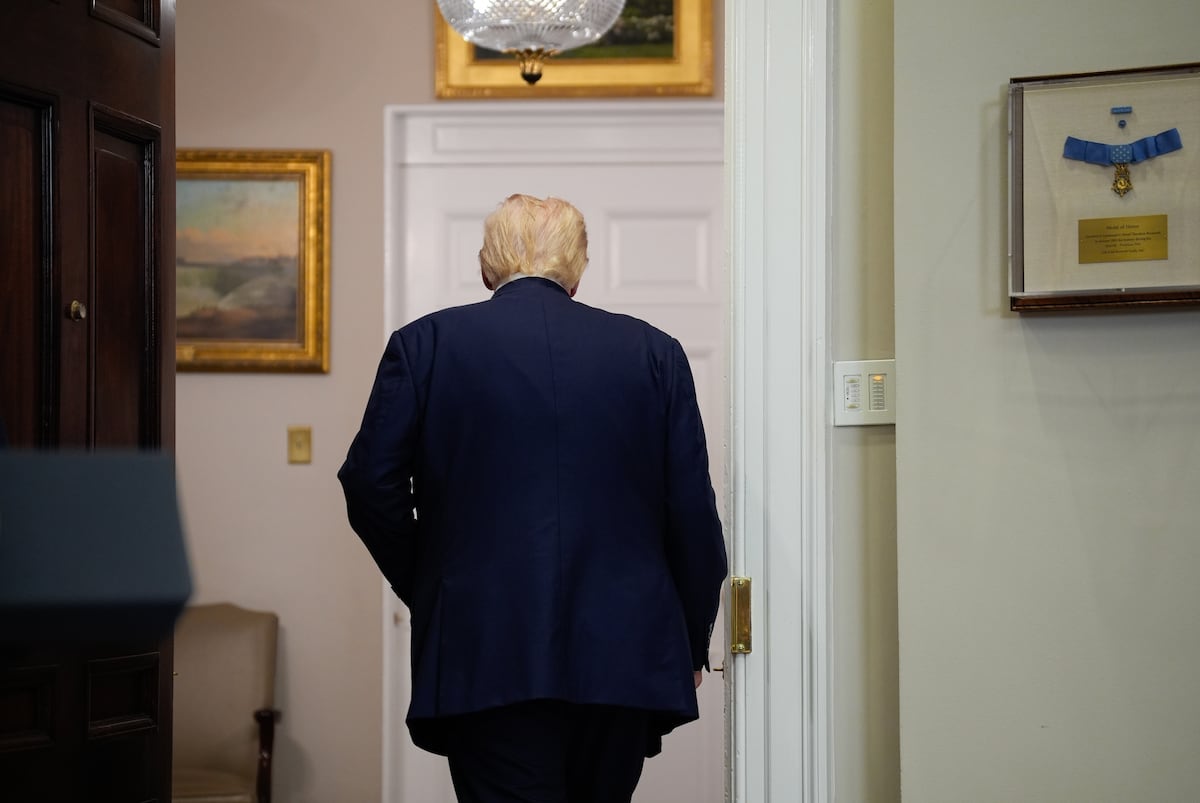The Intricacies of Trump’s Trade War
The world—and the media—has lost count of how many times Donald Trump’s trade war has been on the brink of reaching a new threshold. Yet this time, Trump declared with fervor on his social media platform, Truth, “The August 1st deadline is the August 1st deadline.” The proclamation, written in all caps, resonated as a warning that he is prepared to follow through on his aggressive trade policies, striking a chord reminiscent of Gertrude Stein’s famous phrase: “a rose is a rose is a rose.”
What to Expect on August 1st
As we approach this pivotal date, uncertainty looms. Trump’s message hinted not just at a deadline but at the potential for consequential tariffs that have been meticulously planned since his return to the White House. His unilateral approach aims to reverse decades of globalization that have seen the U.S. benefit disproportionately, he claims. Yet, the specifics of what will happen on August 1st are still clouded in mystery, underscoring the chaotic nature of these unfolding events.
On that day, tariffs on a wide array of goods from multiple countries are set to take effect—if Trump doesn’t change his mind yet again. Negotiations are ongoing, and Trump has assured his followers that his team is hard at work finalizing trade deals. Citing conversations with various world leaders, he boasted they are eager to satisfy American interests.
New Agreements Amidst Uncertainty
In the midst of this tumult, Trump announced a deal with South Korea, one of the world’s significant economies, which will face a 15% tariff on its exports to the United States. He also mentioned an agreement with Pakistan regarding its oil reserves, though details were scant. This lack of clarity is indicative of the complex web of negotiations that seem to be proceeding at a frenetic pace with more questions than answers hanging in the air.
The landscape of international trade under Trump’s administration can broadly be categorized into three groups of countries, each facing a different set of challenges and expectations.
Grouping of Countries Affected
-
Countries with Established Trade Principles: The first category includes nations like the United Kingdom, Japan, Indonesia, and members of the European Union. These countries have either reached preliminary agreements or are on the verge of finalizing the details of their accords, which will be crucial as the tariff deadline approaches.
-
Threatened Partners: The second category encompasses countries that Trump has specifically targeted with threats. This includes the likes of India, which faces steep tariffs of up to 25%. These threats have heightened the stakes and created a sense of urgency among these nations to engage in more aggressive negotiations.
-
Unspecified Partners Facing Universal Tariffs: Finally, there are smaller nations lacking the necessary bargaining power or time to negotiate effectively. They will face a universal rate of at least 15% as announced by Trump. This group accounts for a staggering 52% of U.S. imports, including significant trading partners like Mexico and Canada. The looming threat of tariffs ranging from 30% to 35% has cast a shadow over these relationships, with negotiations under the USMCA still underway.
The Looming Tariff Threat
Analysts are keenly observing the discord that has arisen in discussions. In meetings with U.S. officials, President Trump could opt to postpone the tariffs, a move he has made previously. After two days of diplomatic talks between the U.S. and China in Stockholm, both nations seem to be treading carefully to avoid triggering an extensive trade war like the one witnessed earlier this year, where tariffs reached exorbitant levels.
More alarmingly, this new cycle of tariffs represents a more aggressive stance than prior measures. The proposed 15% rate across multiple countries marks a noticeable increase from Trump’s earlier tax structures, which ranged from 10% to various higher thresholds based on trade agreements—or lack thereof.
Documentation and Agreements
In a striking reflection of the chaos underpinning Trump’s trade strategy, the actual documentation of newly announced deals has been sparse. For instance, after announcing a 20% tariff on Vietnam in exchange for increased trade openness, detailed terms have yet to materialize. Major officials seem uncertain about whether such agreements exist in a formal sense, lending credence to the narrative that Trump’s trade policy is as unpredictably volatile as the man himself.
Finalizing Unclear Terms
As we approach the August deadline, countries like Japan and those in the EU must now work diligently to finalize their agreements. Yet, many of these deals come wrapped in vague terms and ambitious targets that remain difficult to enforce. The expectation that the EU will purchase an ambitious $750 billion in U.S. energy comprises elements that may not hold water under scrutiny. Real-world businesses operate differently from political ambitions.
Trade under the current administration illustrates a broader theme—negotiations spiral into confusion, leaving many with uncertainty about the actual benefits of any trade agreements forged amidst the tumult.
The Ongoing Saga
In recent exchanges, Trump’s erratic negotiations have generated both frustration and anxiety among global trade counterparts as they work to decipher his intentions. Whether the August 1st deadline will indeed prove to be a point of clarity or simply another turn in a winding road remains to be seen, but what is clear is that the stakes have never been higher. The world will be watching as history unfolds.
Sign up for our weekly newsletter to receive more insights and updates on global trade and economics.



